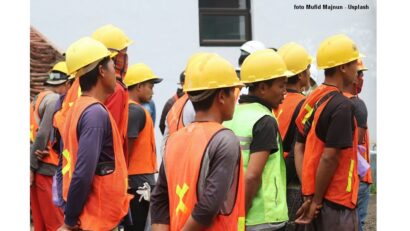Mother-child or child mother?
The aftermath of teenage pregnancy in Romania

Luiza Moldovan, 03.11.2021, 23:28
Dire poverty, lack of education, lack of interest,
nobody to explain them how their own body works. These are the dismal
ingredients of a failed life experience. Today we focus on very young
pregnancies, reported for girls younger than 15, we’re speaking about systemic
flaws and about what can be done to mitigate such a scourge. Romania is at the
top of a European Union chart focusing on teenage mothers. Gabriela Alexandrescu is the Executive President of Save
the Children.
Gabriela Alexandrescu:
I
won’t be mincing my words and I shall tell you that a quarter of the European
Union’s teenage mothers are from Romania. We all know that 23% of those young mothers who have not yet turned 19 are reported for our country. We are at
the top of the table across the European Union regarding the number of mothers
under 15 and 2nd-placed, after Bulgaria, according to the number of mothers
under 19. In Romania, nearly 10% of
the births are reported for teenage mothers. Quite a few of them come from
localities with no family doctor for the community whatsoever, or where family
doctors are in short supply. These girls resort to self-medication during pregnancy,
they don’t see a medical doctor to get their name registered and their
pregnancy monitored and just wait until things are rushing forward or their
condition gets worse. Save the Children has been actively involved in the field
of children healthcare from across Romania, we contribute to the provision of
the right to live taking action along five directions. One has to do with
supplying maternities, the paediatric and the new-born sections with state-of-the-art
medical equipment, the second pertains to developing the specialised support
networks for mothers and children in the rural communities, the third such
intervention direction is the one by means of which we stage specialised
courses of the teams of professionals (medical teams, mainly), through the
fourth intervention direction we develop education-for-healthcare programs and
research programs, debates with the authorities and specialists for the change
of social policies and the laws, when needed. So far, we have worked with more
than 56,000 pregnant females (children under 15) and we saw the change. Each
year we work in 46 communities with mixed teams of specialists, with trained
nurses, social assistants, psychologists who are familiar with the realities of
those areas and address the specific reality of the young mothers and the
children.
Oana Motea is a UNICEF Health Specialist. She has
drawn attention to the fact that the scourge of being pregnant when very young
is transmitted from one generation to the next, within the family.
Oana Motea:
The conclusions of the Unicef – Samas report, launched earlier this year, has
revealed that pregnancies of mothers older than 15 could be prevented through
education and family education programs tailored according to the
socio-cultural milieu those adolescents and the fathers-to-be live in. The
phenomenon is cyclical, it tends to repeat itself in the same family, from one
generation to the next and goes with the poor economic, social and healthcare
condition. There is no clear-cut identification of the role the authorities
play, and of their corroborated responsibilities, as regards reproduction in
the case of the younger generations and the prevention of pregnancies in the
case of underage mothers. There is a need for integrated public policies
capable of targeting education for healthcare, awareness-raising efforts at
community level and tailoring the adaptation of the interventions to suit the
teenagers’ psychology and emotions.
Mother-child or child-mother? It’s hard to tell.
UNICEF’s data on Romania are quite baffling, at that.
Oana Motea:
In 2019, more than 16,000 pregnancies were reported
among teenagers, down by 9% as against
2018. Notwithstanding, with
the adolescents who are younger than 15, we noticed an 11% increase in the north-western
and north-eastern regions. These percentages reveal how serious the problem is,
at once calling for educational action to be taken, capable of targeting all
groups of teenagers, using specific communication channels, with different
message presentation forms, tailored to suit their needs.
A solution to mitigate the phenomenon, which tends to
become a scourge? Doctors’ offices in the rural areas, targeted programs. There
is no other way.
Save the Children’s Gabriela Alexandrescu:
As of late
we have even launched a survey among adolescent girls in vulnerable
communities, in partnership with the authorities in line, with the Romanian
Senate, it was a survey targeting teenage mothers in rural and underprivileged areas.
We did carry the survey over July-August 2021, in 46 communities across
Romania and unfortunately, our survey has pointed to a worrying, chronic
deficiency of the healthcare services for the teenage mother, also pointing to
detrimental social aspects, relevant to that effect. We can say 16 years and
three months is the average age when the first child is born, among teenage
girls in the underprivileged rural areas. Those with more than one child are 18 and one month
old when the second child is born, on average, and are 19 years and five months
old when their third child is born. 40% of the mothers and the pregnant
teenagers in the rural areas have stated they have never taken the medical
tests recommended during pregnancy because they had no access to medical
services or no financial resources to do that. 87% of them have never used and
do not know any contraceptive method. 72% of the young women and girls have
responded they lived in very modest conditions, in one, maybe two rooms,
sharing the premises with people from other families. 55% of them have stated the
money they got was not enough for the bare necessities, quite a few of them
relied on their children’s allowance, while a great number of them responded
the pandemic has negatively affected the adult’s chances to work for their
families. There are mothers, who, not having turned 25 yet, have given birth to
their fifth child already. And here we have a problem, a worrying situation.
That is why we, those with Save the Children, need to get actively involved to
alleviate the scourge in the underprivileged rural communities, deprived of
material resources and information means. And we need to carry on with those
information, specific intervention programs, aimed at facilitating access to
socio-medical services.
The good news is that the Save the Children
Organisation has also expanded to Republic of Moldova. The successful programs
Save the Children implemented there proved reliable.
Gabriela Alexandrescu:
The
successful example we had in Romania, we’re also taking it to the Republic of
Moldova, as there, we work with the Healthcare for Children Association and
Children’s Rights Information and Documentation Centre in Chisinau. So as of
this year, we have that integrated, community program covering 16 counties in
Romania and 16 districts in Republic of Moldova. Our effort is essential, given
that we’re all too familiar with the fact that teenage pregnancy is associated
with higher pregnancy risks. High blood pressure, anaemia, premature birth,
underweight new-borns, postpartum depression and suchlike, while on the other
hand, premature maternity exposes the young mothers to the risk of school
dropout, to the grim prospects of being engulfed by the vicious circle of
poverty, with a transgenerational aftermath. As part of the integrated
interventions we had in the underprivileged rural areas, advised by the local
specialists are the teenage girls, but also their families. It is important
that we have an unmediated communication with the girls.
(Translation by Eugen Nasta)






























